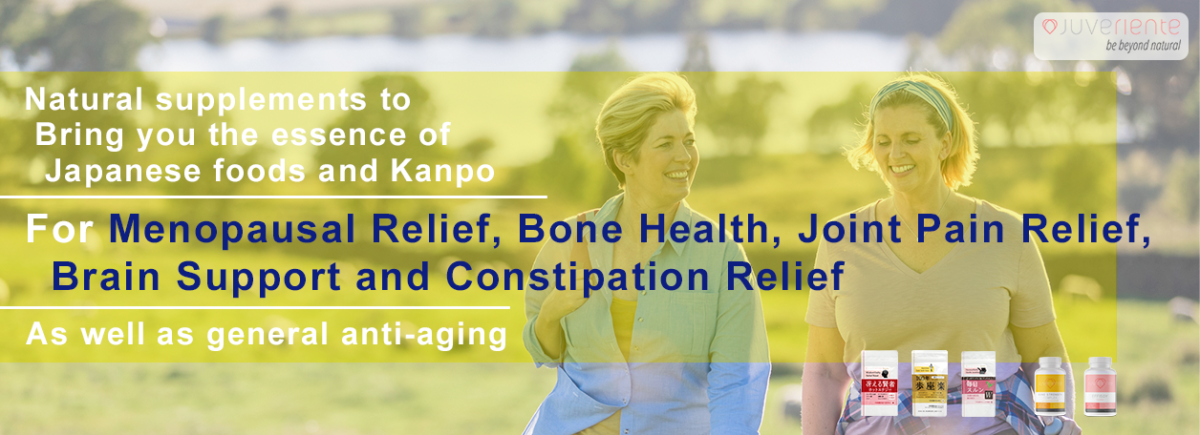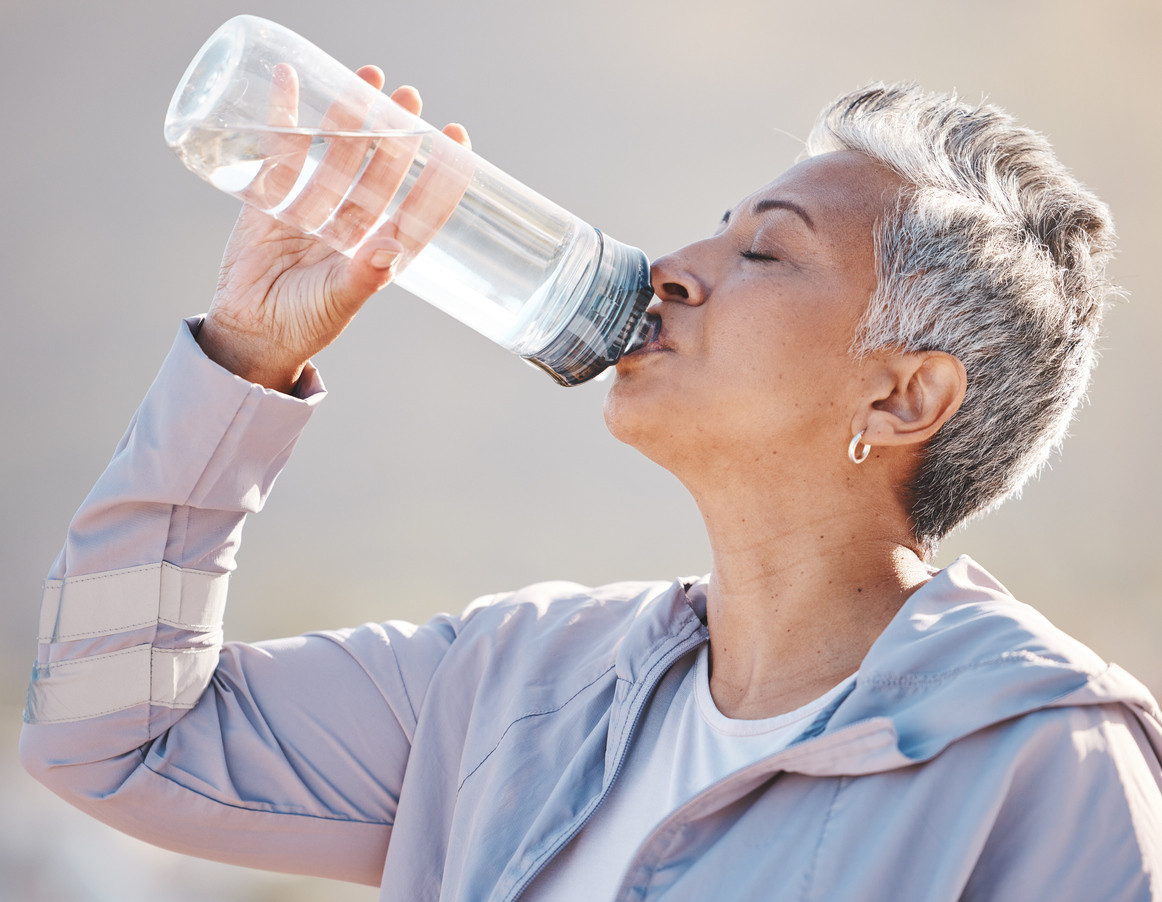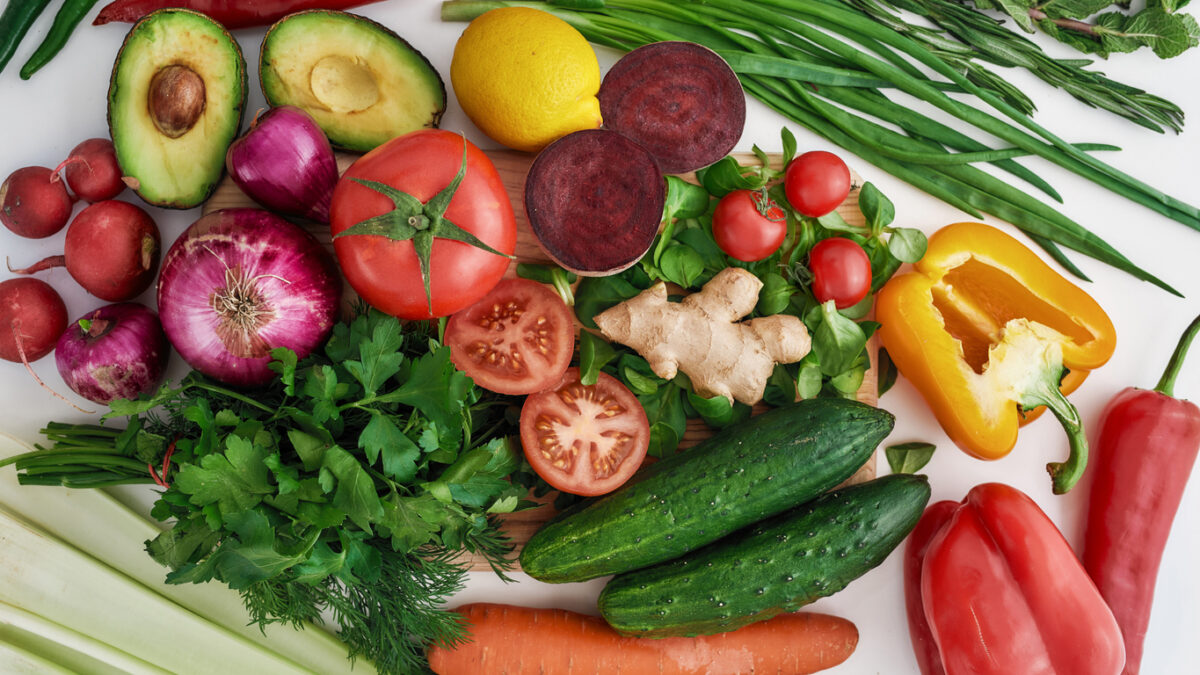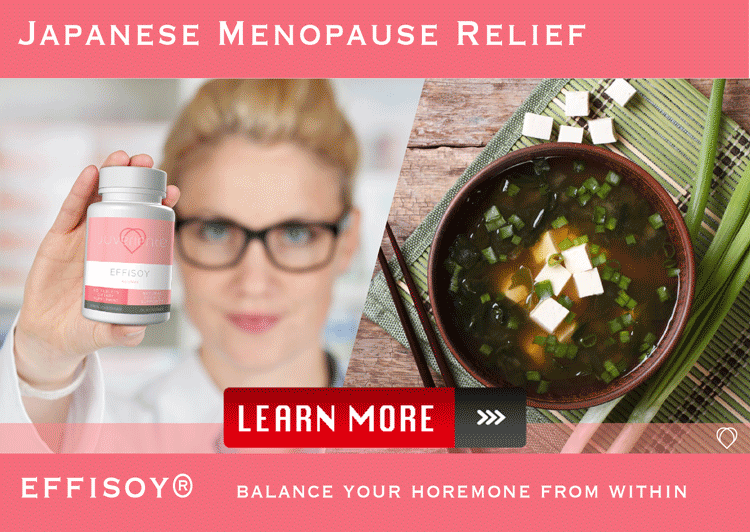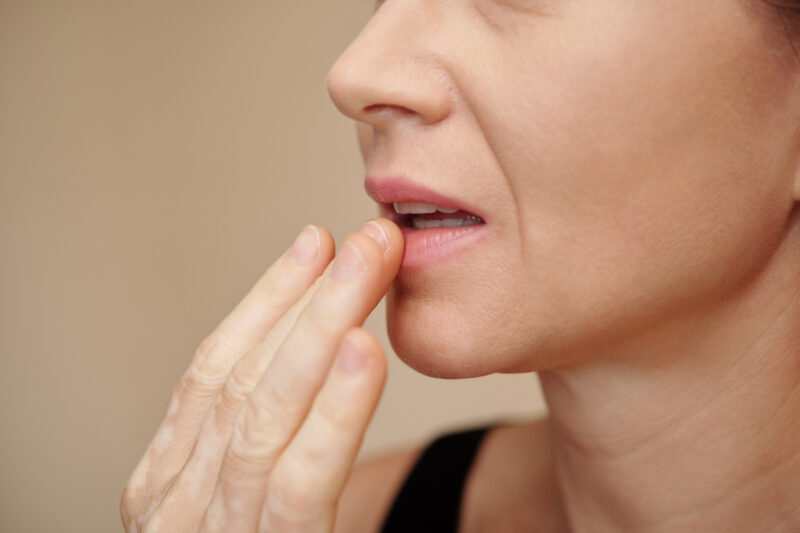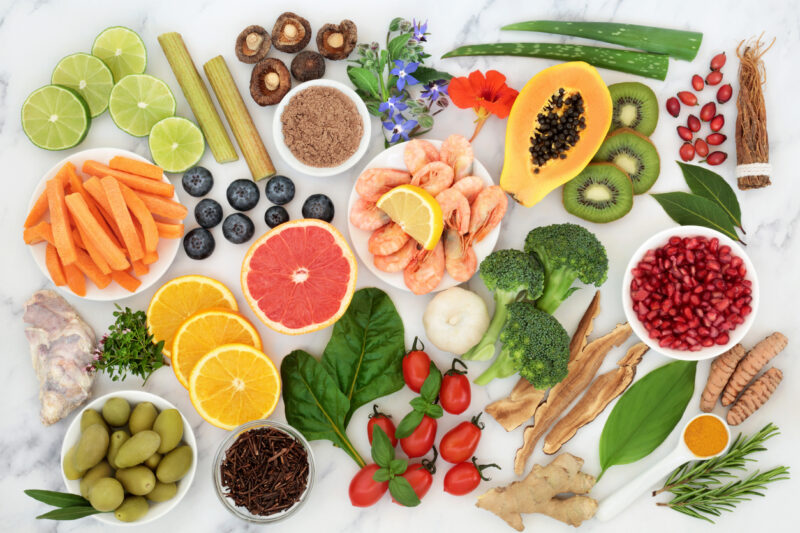What is an Unwell Stomach Feeling?
Experiencing an unwell stomach feeling is a common issue that many people face at various times in their lives. This vague sense of discomfort can be quite distressing, affecting your daily activities and overall well-being. Understanding what an unwell stomach feeling entails is the first step towards finding relief and managing this condition effectively.
Definition and Common Descriptions of an Unwell Stomach Feeling
An unwell stomach feeling, often referred to as gastrointestinal discomfort, encompasses a range of symptoms that are generally mild but persistent. These symptoms include nausea, bloating, indigestion, and a general sense of unease in the stomach area. Some people describe it as a queasy feeling, while others may experience a mild burning sensation or a constant sense of fullness. Unlike acute stomach pain, which can be sharp and severe, an unwell stomach feeling is more of a continuous, low-level discomfort that can be hard to pinpoint.

Overview of How It Affects Daily Life
Living with an unwell stomach feeling can significantly impact your daily routine and quality of life. The persistent discomfort can make it difficult to concentrate at work or school, and it may interfere with your social activities and personal relationships. Eating meals can become a stressful event, as you may worry about which foods might exacerbate your symptoms. Additionally, the constant unease can lead to increased stress and anxiety, creating a vicious cycle where stress further aggravates your stomach issues. Understanding the underlying causes and symptoms of this condition is crucial for finding effective ways to manage and alleviate the discomfort.
In summary, an unwell stomach feeling is a common but often misunderstood condition characterized by persistent gastrointestinal discomfort. By identifying and understanding the symptoms and how they affect daily life, individuals can take steps towards managing their condition and improving their overall quality of life. This guide will explore the common causes, symptoms, and remedies for an unwell stomach feeling, providing valuable insights and practical advice for those seeking relief.
Common Causes of an Unwell Stomach Feeling
Understanding the common causes of an unwell stomach feeling can help you identify triggers and manage symptoms more effectively. This discomfort can stem from various factors, including dietary choices, stress, and underlying medical conditions. Here, we explore these common causes in detail.
Dietary Triggers and Food Intolerances
One of the most common causes of an unwell stomach feeling is related to the foods you eat. Certain foods and drinks can irritate the stomach lining, leading to discomfort. Spicy foods, fatty foods, caffeine, and alcohol are known culprits that can cause indigestion and bloating. Additionally, food intolerances, such as lactose intolerance or gluten sensitivity, can lead to gastrointestinal distress. When the body struggles to digest certain foods, it can result in gas, bloating, and a general feeling of unease in the stomach. Keeping a food diary and noting which foods trigger your symptoms can be helpful in managing this condition.
Stress and Anxiety as Contributing Factors
Stress and anxiety are significant contributors to an unwell stomach feeling. The gut-brain connection means that emotional stress can directly impact your digestive system. When you’re stressed or anxious, your body’s natural response can slow down or speed up digestion, leading to symptoms such as nausea, stomach cramps, and diarrhea. Chronic stress can exacerbate these issues, making it crucial to find effective stress management techniques. Practices such as mindfulness, meditation, and regular exercise can help reduce stress levels and, consequently, improve stomach health.
Medical Conditions Related to Stomach Discomfort
Several medical conditions can cause or worsen an unwell stomach feeling. Gastroesophageal reflux disease (GERD), irritable bowel syndrome (IBS), and gastritis are common conditions that affect the digestive system and lead to persistent stomach discomfort. GERD occurs when stomach acid flows back into the esophagus, causing heartburn and indigestion. IBS is a chronic condition that affects the large intestine, leading to symptoms like cramping, abdominal pain, and bloating. Gastritis involves inflammation of the stomach lining, which can cause pain and nausea. If you suspect a medical condition is behind your stomach discomfort, it’s essential to consult with a healthcare professional for proper diagnosis and treatment.
In summary, an unwell stomach feeling can be caused by a variety of factors, including dietary triggers, stress, and underlying medical conditions. By identifying and understanding these causes, you can take steps to manage your symptoms and improve your overall digestive health. This knowledge is crucial for developing effective strategies to alleviate discomfort and maintain a healthy stomach.
Symptoms Associated with an Unwell Stomach Feeling
An unwell stomach feeling can manifest through a variety of symptoms, each indicating different aspects of gastrointestinal distress. Understanding these symptoms can help in identifying the underlying causes and seeking appropriate treatment. Here, we delve into the common signs of an unwell stomach feeling and when to seek medical attention.
Identifying the Signs: Nausea, Bloating, and Pain
Nausea is one of the most common symptoms associated with an unwell stomach feeling. It can range from a mild queasiness to a severe sensation that may lead to vomiting. Nausea often occurs due to various triggers such as overeating, food intolerances, or stress. Bloating is another prevalent symptom, characterized by a feeling of fullness and tightness in the abdomen. This can be caused by gas buildup or digestive issues, making the stomach appear swollen. Pain or discomfort in the stomach area, often referred to as abdominal pain, can vary from a dull ache to sharp, cramping sensations. This pain may be localized or spread across the abdomen, and it can be exacerbated by certain foods or stress.
Differentiating Between Mild and Severe Symptoms
While mild symptoms of an unwell stomach feeling can often be managed with lifestyle changes and over-the-counter remedies, it’s important to recognize when symptoms may indicate a more serious condition. Mild symptoms include occasional nausea, bloating, and transient abdominal pain that resolves quickly. However, severe symptoms such as persistent or intense pain, continuous vomiting, unexplained weight loss, or blood in the stool warrant immediate medical attention. These symptoms could indicate underlying conditions like ulcers, severe gastroesophageal reflux disease (GERD), or even gastrointestinal infections.
When to Seek Medical Attention
It’s crucial to know when to seek medical attention for an unwell stomach feeling. If you experience severe or persistent symptoms that interfere with your daily life, it’s time to consult a healthcare professional. Additionally, if mild symptoms do not improve with over-the-counter treatments or dietary changes, medical advice is necessary. Persistent symptoms such as chronic bloating, ongoing nausea, or recurring abdominal pain should be evaluated to rule out any serious underlying conditions. Early diagnosis and treatment can prevent complications and improve your quality of life.
In conclusion, recognizing the symptoms associated with an unwell stomach feeling is essential for managing this condition effectively. By identifying the signs, differentiating between mild and severe symptoms, and knowing when to seek medical attention, you can take proactive steps towards better digestive health. Understanding these symptoms helps in addressing the root causes and finding the appropriate treatment to alleviate discomfort and improve overall well-being.
Dietary Adjustments to Alleviate Stomach Discomfort
Making the right dietary adjustments can significantly alleviate an unwell stomach feeling. By choosing foods that are gentle on the digestive system and avoiding known triggers, you can reduce symptoms and improve overall digestive health. Here, we explore how dietary changes can help ease stomach discomfort.
Foods to Avoid When Experiencing Stomach Issues
Certain foods are known to exacerbate stomach discomfort and should be avoided if you frequently experience an unwell stomach feeling. Spicy foods, for instance, can irritate the stomach lining and lead to increased discomfort. Fatty and fried foods are difficult to digest and can cause bloating and indigestion. Additionally, caffeine and alcohol can stimulate the stomach to produce more acid, leading to heartburn and further irritation. Processed foods that are high in artificial additives and preservatives may also contribute to stomach discomfort. Keeping a food diary to track your symptoms and identify specific triggers can be a helpful strategy in managing your diet effectively.
Beneficial Foods That Soothe the Stomach
Incorporating foods that are gentle on the stomach can help alleviate discomfort and promote digestive health. Bland, low-fiber foods like bananas, rice, applesauce, and toast (often referred to as the BRAT diet) are easy to digest and can help settle an upset stomach. Ginger is well-known for its anti-nausea properties and can be consumed in various forms, such as ginger tea or ginger ale. Yogurt with live cultures is beneficial as it provides probiotics that support a healthy gut microbiome, aiding in digestion and reducing bloating. Additionally, hydrating foods like cucumbers and watermelon can help maintain fluid balance and support overall digestive function.
Importance of Hydration and Balanced Meals
Staying hydrated is crucial for maintaining digestive health and alleviating an unwell stomach feeling. Drinking plenty of water throughout the day helps flush out toxins and aids in the digestion process. It is also important to eat balanced meals that include a mix of protein, healthy fats, and complex carbohydrates. Smaller, more frequent meals can be easier on the digestive system than larger, infrequent ones. Chewing food thoroughly and eating slowly can also aid in digestion and reduce the risk of stomach discomfort.
In conclusion, making dietary adjustments is a key strategy in alleviating an unwell stomach feeling. By avoiding foods that trigger discomfort, incorporating soothing and easily digestible foods, and maintaining proper hydration and balanced meals, you can improve your digestive health. These changes can help reduce symptoms and enhance your overall well-being, allowing you to enjoy a more comfortable and healthy lifestyle.
Home Remedies for Relieving an Unwell Stomach Feeling
If you frequently experience an unwell stomach feeling, there are several home remedies that can help alleviate discomfort. These natural remedies are simple, effective, and can often be made with ingredients you already have at home. Here, we explore various home remedies that can bring relief to an unwell stomach.
Natural Remedies and Herbal Teas
Herbal teas are a popular and effective home remedy for relieving stomach discomfort. Ginger tea, in particular, is well-known for its ability to ease nausea and promote digestion. The anti-inflammatory properties of ginger help soothe the stomach lining and improve gastrointestinal function. To make ginger tea, simply steep fresh ginger slices in hot water for 10-15 minutes and drink it warm.
Peppermint tea is another excellent option for alleviating an unwell stomach feeling. Peppermint contains menthol, which has antispasmodic properties that relax the muscles of the gastrointestinal tract, reducing cramps and bloating. Chamomile tea is also beneficial due to its calming effects on the stomach and its ability to reduce inflammation. Drinking a cup of chamomile tea before bed can help relax your digestive system and promote better sleep.
Simple Lifestyle Changes to Improve Stomach Health
In addition to natural remedies, making simple lifestyle changes can significantly improve stomach health and reduce discomfort. Eating smaller, more frequent meals instead of large meals can prevent overloading the digestive system. Chewing your food thoroughly and eating slowly allows your stomach to process food more efficiently, reducing the risk of bloating and indigestion.
Maintaining a regular eating schedule is also important. Skipping meals or eating at irregular times can disrupt your digestive rhythm and lead to stomach discomfort. Incorporating regular physical activity into your routine can promote better digestion and reduce stress, both of which are beneficial for stomach health. Activities such as walking, yoga, or gentle stretching can help stimulate digestive function and alleviate an unwell stomach feeling.
Tips for Immediate Relief
For immediate relief from an unwell stomach feeling, try applying a warm compress or heating pad to your abdomen. The warmth can help relax the stomach muscles and reduce cramps. Sipping on clear fluids, such as water, broth, or electrolyte solutions, can keep you hydrated and help flush out any irritants in your digestive system.
Another quick remedy is to lie down with your legs elevated slightly, which can help reduce the pressure on your stomach and promote better digestion. Practicing deep breathing exercises can also provide immediate relief by calming the nervous system and reducing stress, which in turn can alleviate stomach discomfort.
Conclusion
Home remedies offer a natural and accessible way to relieve an unwell stomach feeling. Herbal teas like ginger, peppermint, and chamomile can soothe the stomach, while simple lifestyle changes and tips for immediate relief can further enhance stomach health. By incorporating these remedies into your routine, you can effectively manage stomach discomfort and promote overall digestive well-being.
Medical Treatments and When to Consult a Doctor
When home remedies and lifestyle changes do not alleviate an unwell stomach feeling, it may be necessary to explore medical treatments. Understanding the available medical options and knowing when to seek professional help is crucial for managing persistent stomach discomfort effectively.

Over-the-Counter Medications for Stomach Discomfort
For mild to moderate symptoms of an unwell stomach feeling, over-the-counter (OTC) medications can provide relief. Antacids, such as Tums or Maalox, can neutralize stomach acid and relieve heartburn and indigestion. H2 blockers, like ranitidine (Zantac) and famotidine (Pepcid), reduce the production of stomach acid and are effective for treating conditions like GERD. Proton pump inhibitors (PPIs), such as omeprazole (Prilosec) and esomeprazole (Nexium), also decrease stomach acid production and are used for more severe acid-related issues.
For those experiencing nausea, OTC antiemetics like dimenhydrinate (Dramamine) or meclizine (Bonine) can help. Additionally, anti-gas medications containing simethicone (Gas-X) can relieve bloating and discomfort caused by excess gas. It’s essential to follow the dosage instructions and consult with a pharmacist or healthcare provider if you have any concerns about using these medications.
Professional Treatments and Diagnostic Tests
If OTC medications do not provide sufficient relief, it’s important to consult a healthcare professional. A doctor can perform diagnostic tests to determine the underlying cause of your unwell stomach feeling. Common tests include blood tests, stool tests, and imaging studies like an abdominal ultrasound or CT scan. In some cases, an endoscopy may be necessary to examine the inside of the digestive tract and identify issues such as ulcers, inflammation, or other abnormalities.
Based on the diagnosis, a doctor may prescribe medications tailored to your specific condition. For example, antibiotics may be prescribed for bacterial infections, while medications like prokinetics can help improve gastrointestinal motility. In cases of chronic conditions like IBS or GERD, a doctor may recommend a combination of lifestyle changes, dietary adjustments, and long-term medication use.
Long-Term Strategies for Managing Chronic Stomach Issues
For individuals with chronic stomach issues, developing a long-term management plan with your healthcare provider is essential. This plan may include regular monitoring, medication adjustments, and ongoing lifestyle modifications. Keeping a symptom diary can help track triggers and effectiveness of treatments, aiding in better management of the condition.
In addition to medical treatments, integrating stress-reducing activities such as yoga, meditation, or counseling can play a significant role in managing chronic stomach discomfort. Regular follow-ups with your healthcare provider ensure that your treatment plan remains effective and adjustments can be made as needed.
Conclusion
While home remedies and lifestyle changes can alleviate mild symptoms, understanding when to seek medical treatment for an unwell stomach feeling is crucial. OTC medications can provide relief, but persistent or severe symptoms require professional evaluation and tailored treatments. By consulting a doctor and developing a long-term management plan, you can effectively manage stomach discomfort and improve your quality of life.
Summery
An unwell stomach feeling can significantly impact daily life, but understanding its causes, symptoms, and treatments can help manage and alleviate discomfort. Common causes include dietary triggers, stress, and underlying medical conditions. Recognizing symptoms like nausea, bloating, and pain is crucial for identifying the issue and determining the need for medical attention.
Dietary adjustments, such as avoiding trigger foods and incorporating soothing options, can offer relief. Home remedies, like herbal teas and lifestyle changes, provide natural solutions.
When necessary, over-the-counter medications and professional treatments can effectively address persistent issues. By adopting these strategies, you can improve your digestive health and overall well-being.
Natural Relief for an Unwell Stomach: Introducing HarmoniHerbs Gentle Laxative
For those frequently experiencing an unwell stomach feeling, finding effective and natural relief is crucial. [HarmoniHerbs Gentle Laxative] offers a solution designed to alleviate digestive discomfort with the power of natural ingredients. This gentle laxative is formulated to support digestive health, reduce bloating, and promote regular bowel movements without harsh chemicals.
The natural blend of herbs in HarmoniHerbs Gentle Laxative works to soothe the digestive system and relieve symptoms associated with an unwell stomach feeling. Ingredients like Senna and Licorice Root are known for their mild laxative effects and ability to support overall gut health. This product is particularly beneficial for those who experience constipation or irregular bowel movements, which can exacerbate feelings of stomach discomfort.
Incorporating HarmoniHerbs Gentle Laxative into your routine can complement the dietary adjustments and home remedies discussed earlier. This product helps to restore balance and improve overall digestive function by addressing irregular digestion. For those seeking a natural and effective way to manage an unwell stomach feeling, HarmoniHerbs Gentle Laxative provides a reliable option.
By combining this supplement with the best water drinking habits and dietary adjustments, you can enhance your digestive health and overall well-being.

